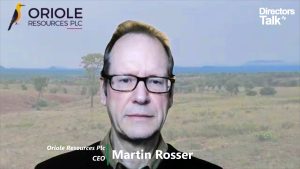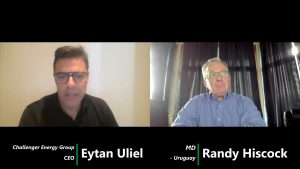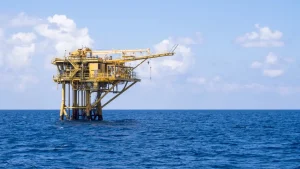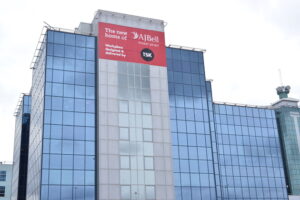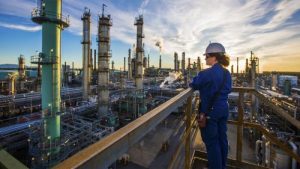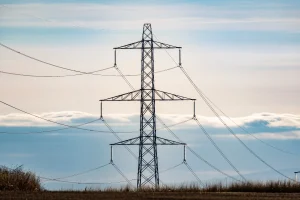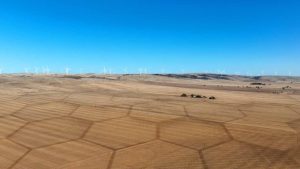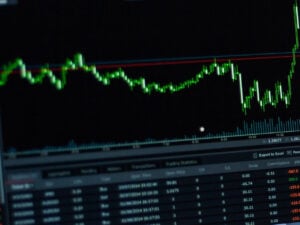The landscape of global gas markets is shifting beneath the weight of constrained pipelines and geopolitical friction as a fresh tide of liquefied output readies to tip the balance. Unseen by many investors, this influx of capacity is set to collide with fragile demand patterns, promising a year of unanticipated adjustments and regional divergences.
In 2025, natural gas demand is projected to slow sharply from the buoyant pace of the previous year. Despite a 2.8% rise in 2024, consumption growth this year is expected to languish near 1.3%, underpinned almost entirely by North America and Europe. These regions have shouldered much of the increase, driven by a resurgence in gas-fired power generation as wind and hydro output faltered. Yet the real test lies in Asia, where sensitivity to price swings has dampened consumption to its weakest rate since 2022’s energy crunch.
This lull, however, turns out to be a fleeting reprieve. By 2026, demand growth is set to recover vigorously, lifting towards 2% as a significant expansion in liquefied natural gas eases the tight supply landscape. New export projects in the United States, Canada and Qatar will contribute nearly 40 billion cubic metres of additional LNG capacity, an increment not witnessed since 2019. This infusion of supply is poised to drive a resurgence in Asian markets where tighter fundamentals had, until recently, muted appetite.
Underlying this transition is a backdrop of pronounced uncertainty. The unexpected downturn in Russian pipeline exports to the European Union has constricted flows, forcing refiners and utilities to scramble for alternative volumes. Meanwhile, Europe’s heightened storage injection needs have further strained shipping and regasification facilities. Against this context, the impending wave of LNG projects arrives as a strategic pressure valve, promising to alleviate bottlenecks and expand trading corridors between major producing and consuming hubs.
Yet investors should not overlook the caveats. The global economy remains vulnerable to shifting growth forecasts, and any downturn could blunt the anticipated uptick in gas consumption. Geopolitical flashpoints, especially across the Middle East, continue to foment price volatility, even as new supply emerges. Recent tensions have underscored the fragility of sea-borne routes and the importance of diversified sourcing, highlighting both the upside and the risk inherent in relying on an expanded LNG fleet.
Within Europe, the first half of 2025 saw consumption climb by around 6.5% year-on-year, as gas-fired plants filled the gap left by variable renewables. While this spike should not be misread as a structural shift away from decarbonisation targets, it does illustrate how gas facilities remain vital back-up assets within grids aiming for higher penetration of wind and solar. As LNG volumes swell in 2026, European buyers will find themselves balancing longer-term carbon ambitions with the short-term need for reliable power supply, potentially reshaping contract structures and hedging strategies.
Across the Atlantic, North America continues to drive demand growth through both industrial usage and power generation, capitalising on competitively priced domestic output. This dynamic underlines a growing divergence: while Western markets brace for a lull in 2025, Asian purchasers stand on the cusp of ramping up imports as new terminals and interconnections come online. The shifting trade flows may offer arbitrage opportunities for shipping firms and traders, even as they pose logistical hurdles around terminal throughput and transit times.
Diversified Energy Company plc (LON:DEC) is an independent energy company engaged in the production, marketing, transportation and retirement of primarily natural gas and natural gas liquids related to its U.S. onshore upstream and midstream assets.









